Neighbors exchange energy among themselves as part of an experimental energy network
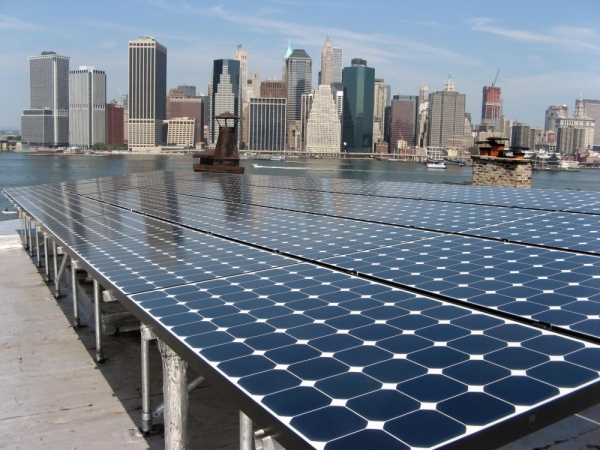
Buildings in Brooklyn are connected to a microgrid, allowing participants to buy and sell renewable energy from residential rooftop solar installations
Buildings in Brooklyn are connected to a microgrid, allowing participants to buy and sell renewable energy from residential rooftop solar installations
An experimental energy trading project –called the Brooklyn Microgrid- is currently running in Brooklyn, New York. Residents and businesses are connected to a virtual trading platform, where energy produced by solar panels installed on their rooftops is shared locally. These small-scale energy producers can sell their excess electricity to neighboring homes, corporations and other customers who want to claim green energy use. The aim of ‘Brooklyn Microgrid’ is to create a connected network for local energy, combining renewable energy and the peer-to-peer economy, and although there are just 50 participants right now, the idea seems very promising.
The system, built on blockchain, gives participants the ability to complete secure transactions and create a business based on energy sharing. In the future, such a microgrid would allow users to bypass the conventional electric company energy supply and provide autonomy even during broad power failures. The project, designed by LO3 Energy and Siemens, is a precursor of decentralized energy systems that can work in tandem with the traditional large-scale grid or even completely off-the-grid. LO3 managed to create this growing network of participants over the past year by using Google Earth to identify homes with rooftop solar installations and then asking them one-by-one to join.
However, Lawrence Orsini, LO3’s chief executive, said the state still needs to determine how to define his company and its network of participants before it could get its market up and running, hopefully by June. “There’s nothing technically infeasible about what we’re doing. In order for transactive energy to take off as a whole, regulators have to be comfortable that markets can actually work this way and, more importantly, that people want markets like this”, he said.
“We need to make energy a product and a service that people can purchase on their own and not rely on a large centralized entity,” Mr. Golden, one of the project’s participants said. “The long-term goal is to be at least partially independent of the grid in emergencies, which was a reasonable argument to join,” said another participant Patrick Schnell. “Hopefully it will expand and more people will join and it will be more worthwhile”, he added.
The project includes plans to create a roughly five-square-block area — ideally around a collection of public housing projects or near a hospital — that could operate independently in case of a power failure. “It’s a recognition of energy needs beyond your own,” Mr. Golden said. “There’s a microgrid of our community, and that’s great, but the hospitals, the clinics, the schools, large housing complexes — you can feed the energy where it needs to go.”
Peer-to-peer vs current energy system
According to Richard L. Kauffman, the governor’s chairman of energy and finance who is leading that effort, the ideal power system is one that combines large power plants and transmission lines with clusters of smaller-scale producer-consumers, “where electrons can flow in more than one direction and supply and demand of electricity is dynamic — and that’s different than the grid is today.” Peer-to-peer power sharing is consistent with that vision, he said, though a number of regulatory changes are necessary for it to take off. Interest in peer-to-peer trading networks is growing, and other similar actions are also taking place in Australia, Bangladesh and Germany.
Source: NY Times
Source: NY Times
Want to read more like this story?

By 2050, half of the EU citizens could be generating their own renewable energy
Oct, 10, 2016 | NewsA people-powered energy revolution is possible and may be close at hand A people-powered energy r...

Data-Driven Siting: Revolutionizing Renewable Energy Efficiency
Dec, 20, 2024 | NewsBuilding efficient solar and wind farms requires more than just identifying areas with the most sun...
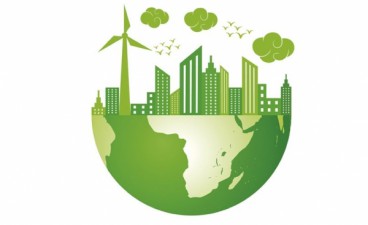
World Sustainable Energy Days 2018 in Wels, Austria
Feb, 01, 2018 | NewsOne of the largest conferences on sustainable energy One of the largest conferences on sustainable...
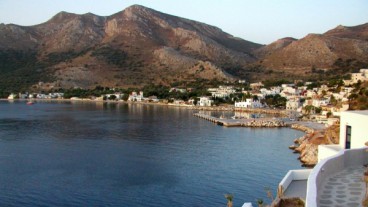
Tilos, a small Greek island wins the EU Sustainable Energy Awards 2017
Jul, 04, 2017 | NewsAn innovative project based on renewable energy technologies will make the island energy independent...

A Chinese tidal energy project qualifies as ‘world record’
Jun, 29, 2018 | NewsThe country’s first tidal energy demo project completed one year of operation The country&r...
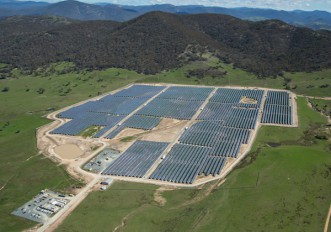
2016 was a milestone for large-scale solar energy projects in Australia
May, 15, 2017 | NewsWind power has also gained ground in the country as its cost has fallen Wind power has also gaine...
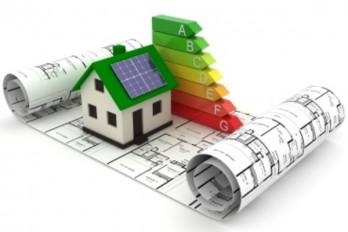
EU Parliament is updating the EU's rules to further improve the energy efficiency of buildings
Apr, 12, 2018 | NewsFrom January 1st, 2021, all new buildings in the EU should use little or no energy for heating, cool...
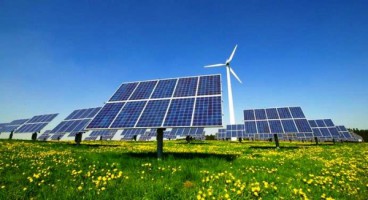
Maybe RES Do Not Need Energy Storage!
Nov, 03, 2015 | NewsRenewable Energy Sources have the largest part in the electrical power that is installed each year a...
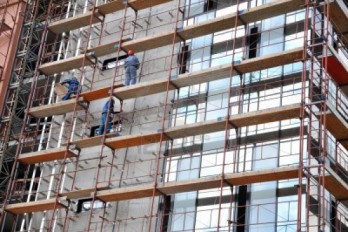
Energy Upgrading In Buildings Saves Billion Euros From Energy Production
Oct, 16, 2015 | NewsThe energy upgrade of EU buildings could save 80-153 billion Euros until 2050 in investment funds th...
Trending

Vertical gardens in Mexico City to combat pollution

Saudi Park Closed After 360 Big Pendulum Ride Crashes to Ground, 23 injured

Characteristics of Load Bearing Masonry Construction

Taipei 101’s impressive tuned mass damper

Dutch greenhouses have revolutionized modern farming

Federal court rules Biden’s offshore drilling ban unlawful


